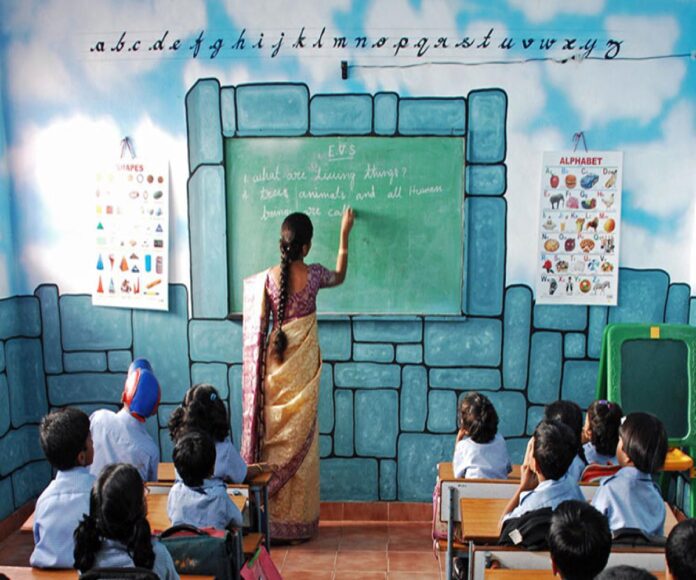As we celebrate International Literacy Day on September 8th, we’re reminded of the transformative impact of education on individuals, communities, and nations. In India, where literacy rates have been steadily rising like a phoenix from the ashes, there’s still a long way to go to ensure that every citizen can read, write, and thrive in a world where knowledge is power.
However, despite the progress made, the literacy landscape in India remains a complex mosaic of challenges and opportunities. While initiatives like the Sarva Shiksha Abhiyan and Right to Education Act have increased access to education for millions of marginalized children, the quality of education remains a concern. Many schools lack adequate infrastructure, trained teachers, and resources, leaving students like Rohan, a young boy from a rural village, to struggle with basic reading and writing skills.
Moreover, programs like the National Literacy Mission and Saakshar Bharat Program, aimed at adult literacy and education, have shown mixed results. While some individuals like Leela, a 35-year-old woman, have benefited from these programs and now run their own small businesses, many others continue to struggle with basic literacy skills.
The digital revolution has transformed the way we learn, but it also risks exacerbating existing inequalities. Platforms like SWAYAM, e-Pathshala, and DIKSHA have opened doors to new skills and knowledge, but only for those with access to the internet and digital devices. Women and girls like Nalini, who learned to code through online courses and now work as software developers, are the exception rather than the rule.
So, what’s next? To further boost literacy rates, we need to:
- Invest more in education and literacy programs, focusing on quality rather than just quantity
- Integrate digital education into mainstream literacy initiatives, ensuring equal access for all
- Engage local communities in promoting literacy and education, addressing the unique challenges they face
- Provide regular training and capacity-building for teachers, equipping them to handle diverse classrooms
- Ensure inclusive education for marginalized communities, addressing the systemic barriers they face
As we strive for a more literate India, let’s ask ourselves: What would happen if every Indian citizen could read, write, and access the infinite possibilities of the digital world? But let’s also acknowledge the challenges we still need to overcome to get there.



